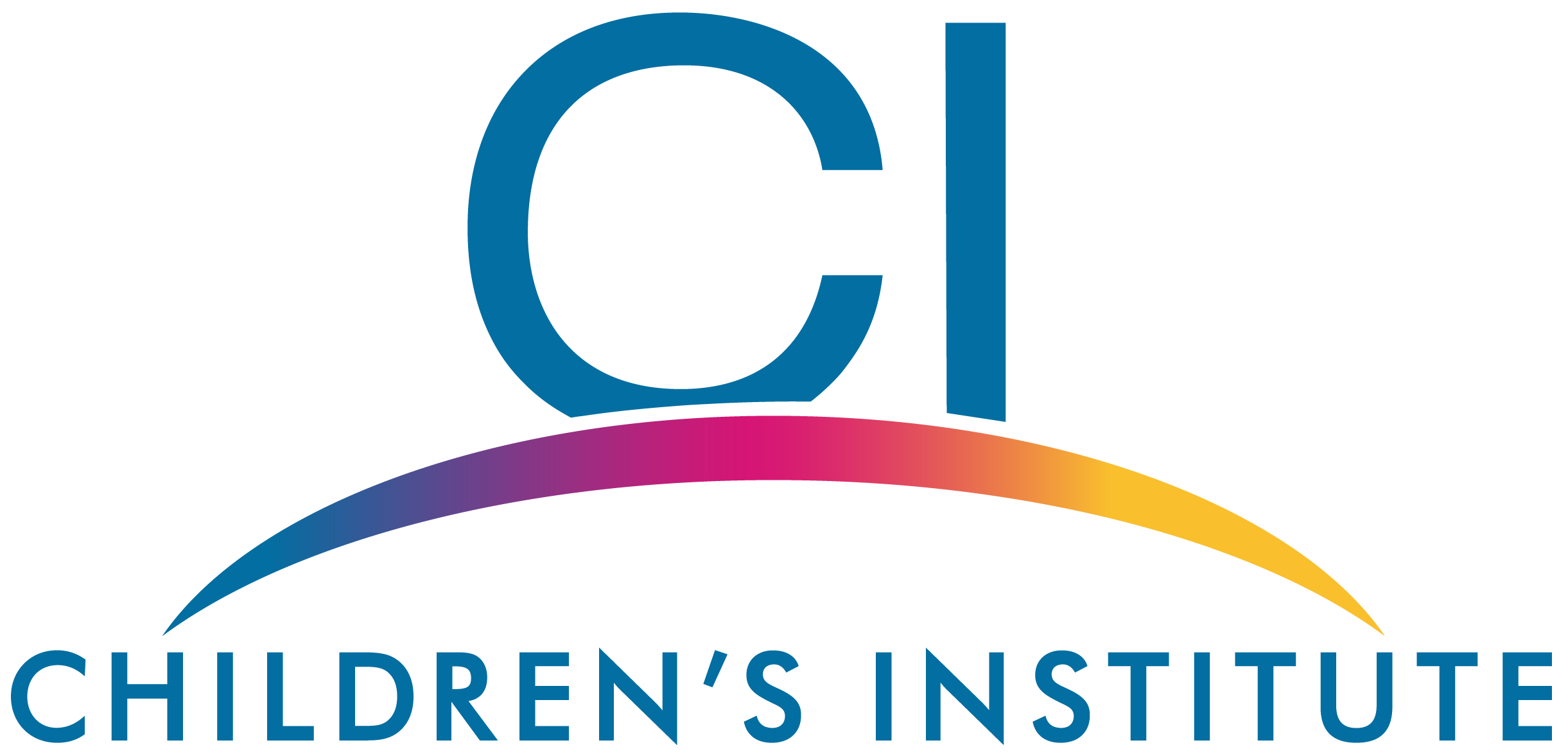Screening Descriptions and Tools
Vision
Vision screening looks at your child’s ability to see.
Using a screening device that works like a camera (SPOT) no cooperation from the child is needed. Within seconds vision problems can be detected.
Hearing
Hearing screening looks at your child’s ability to hear sounds. The following tools are used as needed:
Pure Tone Hearing Screening
During pure tone hearing screening, several low- and high-pitched tones are presented to your child at a volume that children with normal hearing should be able to hear. If your child can hear all of these tones in both ears, then it likely means that he or she has normal hearing. If your child cannot hear some or all of these tones, then it means that a more thorough hearing test is needed in order to determine if your child might have a hearing loss or some other problem with their ear(s).
OAE Screening
During otoacoustic emissions (OAE) screening, a soft probe is placed into your child's ear and some sounds are played through a small speaker in the probe. These sounds travel through your child's auditory system to the inner ear. If your child's auditory system is healthy, then the inner ear will produce an "echo" once the sound is received. If this "echo" can be measured by the probe, then this means that your child likely has normal hearing. If an "echo" cannot be measured by the probe, then this means that a more thorough hearing
test is needed in order to determine if your child might have a hearing loss or some other problem with their ear(s).
Tympanometry Screening
During tympanometry screening, a soft probe is placed into your child's ear and the pressure level in your child's ear canal is changed slightly. Your child may feel this slight pressure change - it often feels like the sensation you experience when driving up a steep hill. As the pressure level in your child's ear canal is changed, the equipment measures the movement of your child's eardrum. If your child's eardrum moves as expected, then this likely means that your child's middle ear is healthy. If you child's eardrum does not move,
then this may mean that your child is experiencing a medical problem, such as excess wax or an ear infection and an appointment with your child's doctor is needed.
Speech and Language
Speech and language screening is a brief look at a child’s communication skills including understanding and using language, speech sounds, fluency of speech (such as stuttering), voice quality, and social language. The screening helps to determine if a child is at risk for delays in communication, and if further evaluation isneeded.
The PLS-5 (preschool Language Scale) is the standardized screening tool used. It looks at 6 areas; Language, articulation, connected speech, social/interpersonal skills, fluency, and voice.
Receptive Language - refers to the ability to understand spoken words and language such as vocabulary, questions and directions. Concerns may relate to a child’s ability to understand words, questions or directions given.
Expressive Language - refers to the ability to use words and language to communicate needs, thoughts or feelings. Concerns may relate to difficulty having the words to speak to answer questions, ask for things or express ideas and feelings.
Articulation/Phonology - refers to how clearly sounds and words are spoken. Concerns may relate to children having difficulty saying different sounds and words clearly, possibly making it difficult for others to understand what they are saying.
Fluency - refers to the flow, ease and smoothness of sounds and words as they are spoken. Concerns may relate to “stuttering,” such as repeating sounds or words, having difficulty or struggling to get words out easily or smoothly.
Voice - refers to how a child’s voice sounds, for example loud or soft, high or low, hoarse or strained. Concerns may relate to a child’s voice sounding different than expected for their age or size, or with a hoarse or strained quality.
Pragmatic Language - refers to how words and language are used and understood to interact with people daily in social situations including play and conversation. Concerns may relate to a child’s difficulty having a conversation, playing with others, asking for things, understanding, and responding to different situations or environments such as pretend play or conflicts with friends.
Dental
Dental screening is a quick visual look at your child’s front teeth to determine if there are signs of possible tooth decay including white and brown spots.
Lift the lip screening is a quick look at children’s teeth while they show their front teeth and the screener, using gloves, lifts the child’s upper lip to get a good view of teeth.
ASQ-3 / ASQ-SE2
ASQ-3 (Ages and Stages Questionnaire)
Questionnaire based on birth age is a screening tool that will provide a quick check of your child’s overall development in 5 developmental areas: Communication, Movement and Use of Big Muscles, Movement and Use of Small Muscles, Problem Solving and Personal-Social interaction Skills. Information provide helps to determine your child’s strength and areas of possible concerns.
ASQ-SE2 (Ages and Stages Questionnaire – Social-Emotional)
Questionnaire based on birth age is a screening tool that will provide a quick check regarding your child’s behavior and social-emotional development in 7 areas: Following directions, Talking care of needs like eating and sleeping, initiating and responding, demonstrating feelings, understanding of other’s feelings, communicating with others, and interacting with others.
Height and Weight
Height is measured in inches and weight is measured in pounds.
